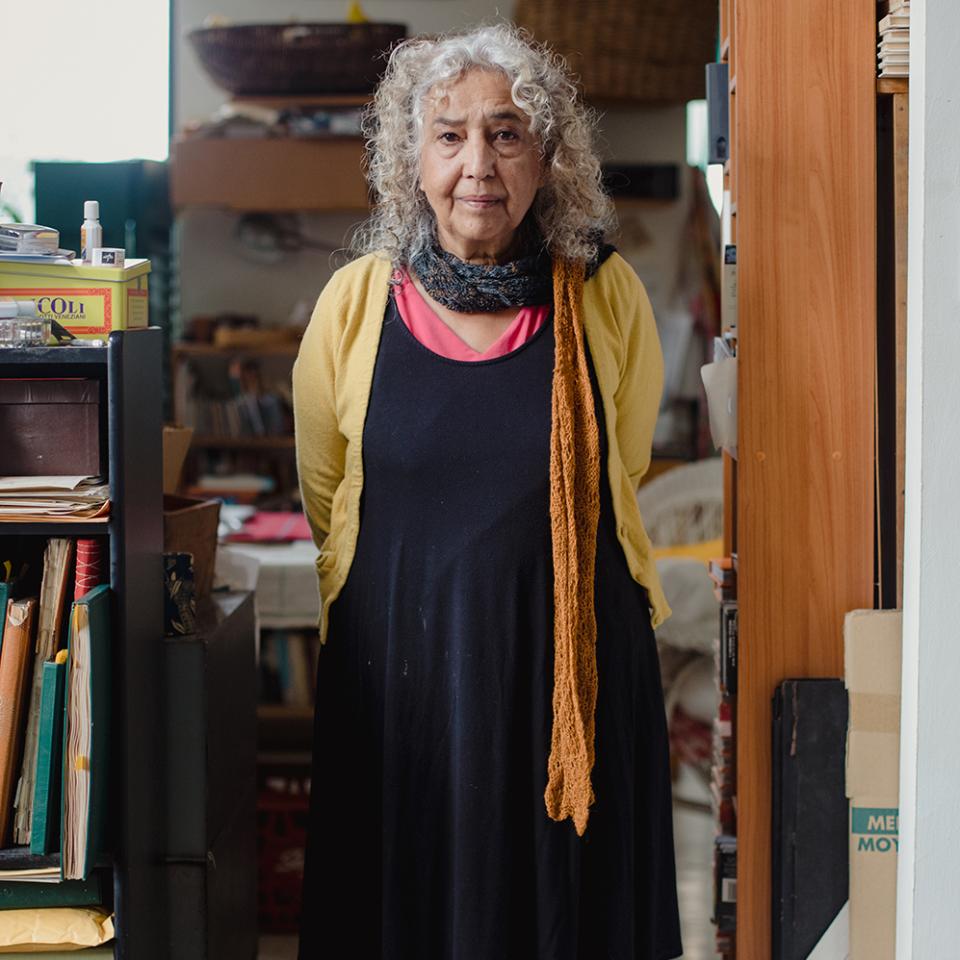My family moved to Canada from London, England, when I was 15, and 15-year-olds don’t like to be moved from “the centre of the world” to RR#2, Ashton, Ont. I wasn’t interested in living on a farm so, at 16, I moved to Toronto. Life was quite different then – there was not only a sense of freedom, but a sense you could do whatever you wanted.
My first job was in a very weird restaurant in Yorkville. It was called something like Goo Goo’s Health Food Restaurant and Yoga Studio. It was a bit like a cult – we’re talking late 1969 and they were a group very much into yoga. They wanted me to do yoga every morning, and I’d say, ‘But I’m too young,’ because it was quite rigorous. For example, we had these plastic jugs for milk and they would fill those up with cold water and pour gallons of it over you in the bathtub in the morning. Or they would run up and down the stairs all the time for exercise.
They had this little restaurant – I guess you would call it macrobiotic. It was brown rice and vegetables. The menu was limited and my job was to waitress. There was no pay, but they gave me room and board. I think it was just an introduction to alternative lifestyles. I was only there for three months. I think that’s when my spirit of not wanting to do what I was told kicked in.
"There’s a book I had to study in the ’70s called The Story of Art, talking about art over 2,000 years, and it didn’t have one woman in it. That was what it was like in the ’70s. Things have changed a little bit. There are a lot of women who’ve been rediscovered."
When I think about a 16-year-old leaving home now, I’d be worried for them, but nothing bad happened to me. I think that spirit of independence has been diluted today. There seems to be more conformity, maybe because of social media. But, at that time, there were so many different paths for teenagers to take. I was looking at the world as it was changing – the 1960s was a decade that was very important and despite that early exit from home, I managed not to have any serious problems. That said, my parents didn’t want me to go. I didn’t have their blessing, but I always returned home to visit.
Regarding the show at the Art Gallery of Ontario, I know many, many artists for whom it’s hard to get shows. I’ve been very lucky, especially in the last decade. Younger curators have become interested in my work and they appreciate it in a way that it was never really appreciated when it was made. There’s a book I had to study in the ’70s called The Story of Art, talking about art over 2,000 years, and it didn’t have one woman in it. That was what it was like in the ’70s. Things have changed a little bit. There are a lot of women who’ve been rediscovered.
With respect to my show, I think the public will be able to enter the work, especially the earlier work, because there’s a lot of beauty in it and one of the things I’m interested in seeing is how that work is now looked at.


